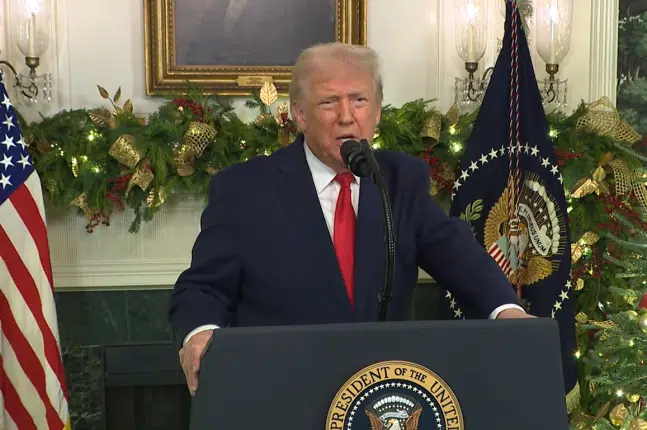
Southwest border encounters once again hit a record low in July at 7,832, according to the latest numbers by U.S. Customs and Border Protection, amid continued U.S. military deployment to U.S-Mexican border and continued construction of the southern border wall in Texas, California, Arizona and New Mexico.
That is the lowest on record in data dating all the way back to 2000. In 2025 alone, there have been 125,780 border encounters. That’s compared to 1.14 million from January 2024 to July 2024, and represents nearly a 90 percent reduction in just overall border traffic.
The difference of course is President Donald Trump declaring a national border emergency on Jan. 20 under the National Emergencies Act and deploying the U.S. military to the southern border, plus agreements with Mexico for them to police their side of the border with their own military. There’s a real deterrent now. Not to mention ongoing construction of the southern border wall now that the One Big Beautiful Bill has been signed into law.
The law added $170 billion of border and immigration enforcement provisions including some $46 billion to finish the border wall and $45 billion for new immigration detention centers that can deal with 116,000 detainees, with other provisions for 10,000 new Immigration and Customs Enforcement officers, $10,000 signing bonuses for Border Patrol agents as well, $1 billion goes to the Department of Defense for border security, too, and $10 billion for states to assist federal immigration enforcement efforts.
The President also declared that emergency military deployment requires the use of the military under 10 U.S. Code Sec. 12302, “Ready Reserve,” which allows up to 1 million active duty military to be used.
And like in 2019, Trump is using the emergency to finish construction of the southern border wall under 50 U.S. Code Sec. 1631 and 10 U.S. Code. Sec. 2808, which allows for military construction authorities to be invoked in the event of a national emergency. The extra funds from Congress add to that.
Trump has used economic levies on Mexico, a 25 percent tariff, under the national emergency and under 19 U.S. Code Sec. 2483 — an ultimatum leveled before he even took office — that resulted in Mexico putting 10,000 of its own troops on the U.S.-Mexican border.
President Trump even declared Tren de Aragua, MS-13 and other criminal gangs and drug cartels as terrorist organizations on Jan. 20 by executive order in accordance with 8 U.S. Code Sec. 1189, “Designation of foreign terrorist organizations.”
And on March 15, Trump issued a proclamation invoking the 1798 Alien Enemy Act that the international criminal organization Tren de Aragua, supported by Venezuela, is a “hybrid criminal state that is perpetrating an invasion of and predatory incursion into the United States, and which poses a substantial danger to the United States.”
All of this was seemingly impossible under former President Joe Biden, when there were more than 10 million border encounters. It turns out it, it takes a President. Yes, Congress is helping but most of the progress was already made the moment President Trump took office—and took action.
Robert Romano is the Executive Director at Americans for Limited Government Foundation.






